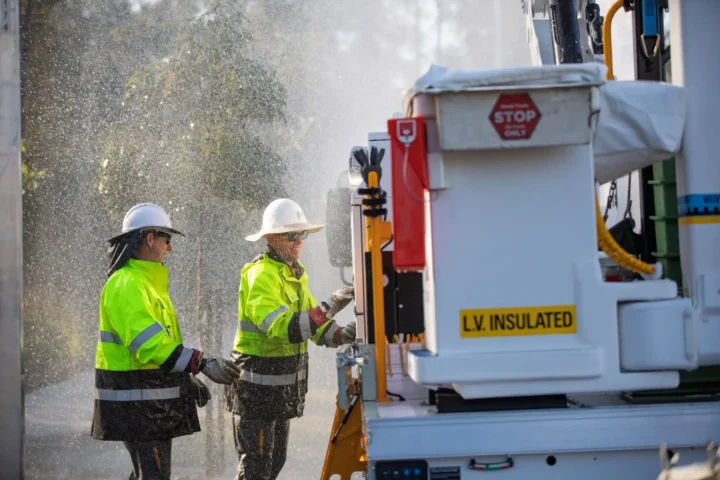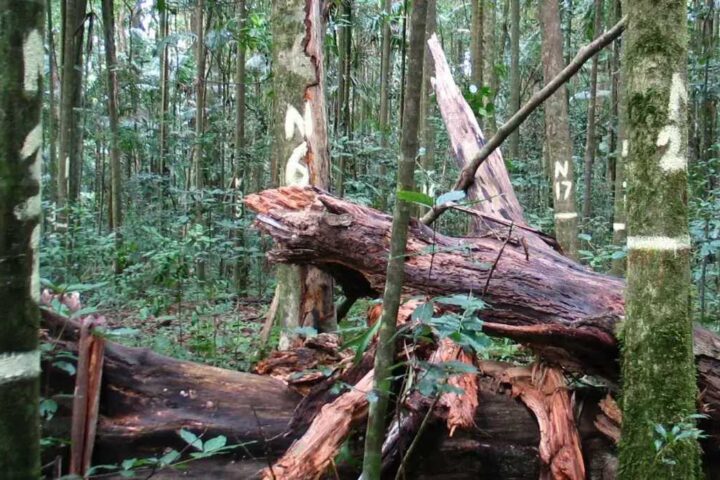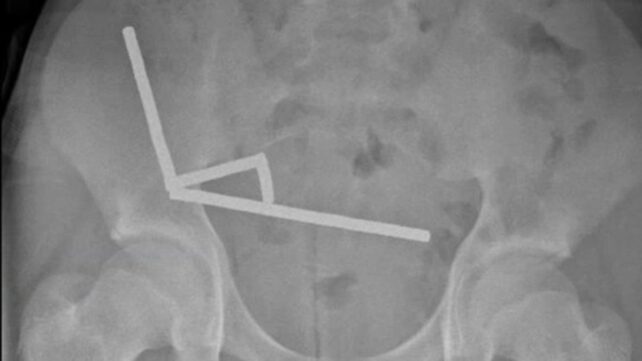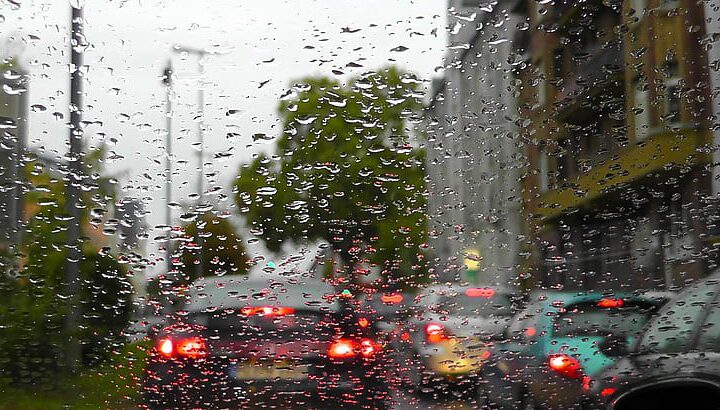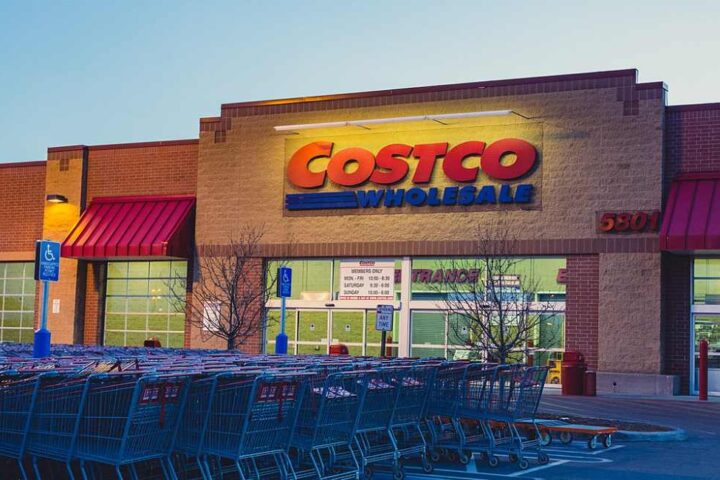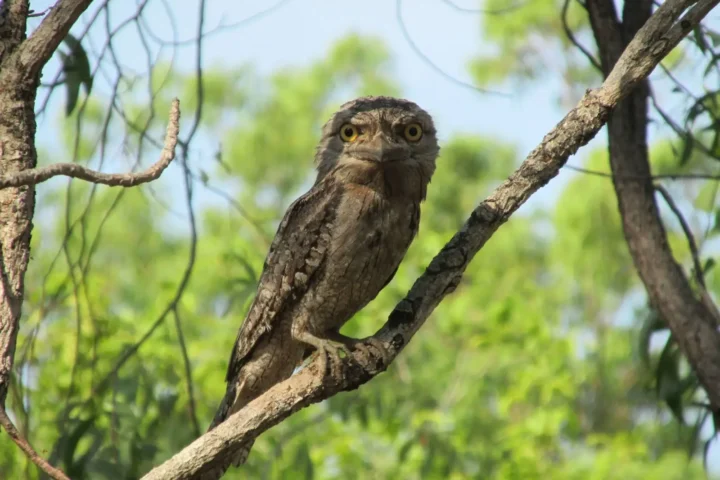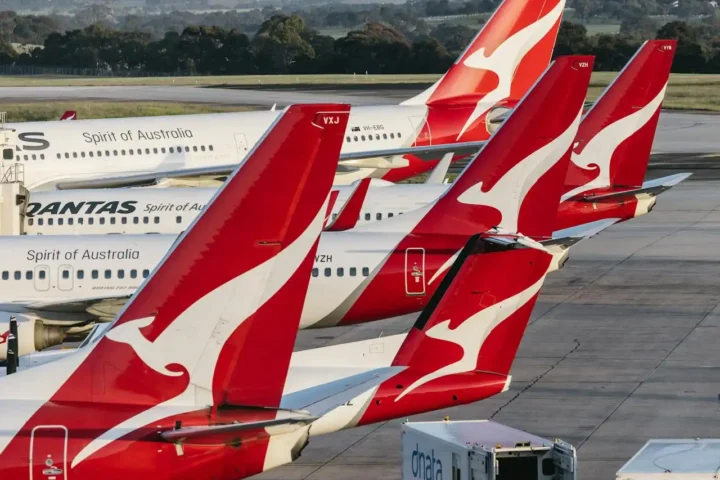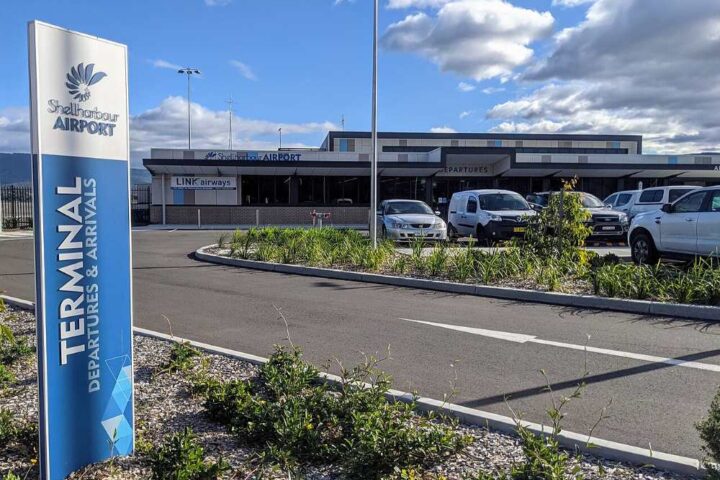Asbestos Found in Children’s Play Sand: A National Recall Explained
Schools across Australia and New Zealand closed after laboratory testing revealed tremolite asbestos contamination in popular coloured sand products. Here’s what families need to know and do now.

How the Contamination Was Discovered
The asbestos contamination in children’s play sand was discovered by chance in a Brisbane laboratory during routine testing conducted for staff training and machine calibration, not because contamination was suspected [citation:1]. A laboratory manager, Michael Shepherd from COHLABS, mentioned the findings in a podcast interview. According to Robert McAllister, director of the Faculty of Asbestos Management of Australia and New Zealand (FAMANZ),
“It was just by chance really that this was brought to light and obviously then subsequently communicated on to regulators.”
McAllister was alerted to the contamination after Shepherd mentioned it during an interview for the “Asbestos Still Kills” podcast in late October. The podcast episode focused on transmission electron microscopy (TEM), the rare technology—found in only a handful of Australian laboratories including COHLABS—needed to identify tremolite asbestos fibres. McAllister immediately escalated the matter to WorkSafe New Zealand on November 5, which triggered alerts to Australian workplace safety authorities the next day [citation:1].
The Australian Competition and Consumer Commission (ACCC) announced a national safety recall on November 12, 2025. The original laboratory, which had been bound by client confidentiality, was compelled to release test results only after Australian authorities were informed through the New Zealand pathway [citation:1].
What Products Are Affected
Most affected products were imported from China and the ACCC recall was issued by supplier Educational Colours. One recalled product (Kadink decorative sand) was supplied to some retailers by Shamrock Australia, a local wholesaler, according to retailer and regulator notices. The products were sold nationwide by major retailers including Officeworks, Target, and Kmart between 2020 and 2025 [citation:3][citation:6].
| Product Name | Retailer | Recall Date |
|---|---|---|
| Educational Colours Rainbow Sand (1.3kg) | Officeworks, Educating Kids, Modern Teaching Aids, Zart Art | November 12, 2025 |
| Creatistics Coloured Sand (1kg) | Officeworks, Educating Kids, Modern Teaching Aids, Zart Art | November 12, 2025 |
| Kadink Sand (1.3kg) | Officeworks | November 12, 2025 |
| 14-piece Sand Castle Building Set | Kmart, Target | November 15, 2025 |
| Blue, Green, Pink Magic Sand | Kmart | November 15, 2025 |
For the most up-to-date information on recalled products, visit the ACCC Product Safety website.
Which Types of Asbestos Were Detected
Laboratory testing identified two forms of asbestos in the sand products. Tremolite asbestos was detected in multiple product samples across several brands, according to Australian Department of Health enHealth interim advice [citation:4]. Chrysotile asbestos was also found—specifically in Kadink decorative sand—according to WorkSafe ACT investigations [citation:10].
School Closures and Safety Response
Several jurisdictions closed schools for cleaning and safety clearances following the recall. Most notably, about 70 public schools in the Australian Capital Territory were closed for clean-up and assessment [citation:6]. Schools were also affected in Queensland, South Australia, Tasmania, and New South Wales. Additional closures occurred in New Zealand, where the product was also sold and subsequently recalled by the Ministry of Business, Innovation & Employment (MBIE) [citation:8].
WorkSafe and health authorities conducted site assessments and safety clearances before schools were permitted to reopen. The closures underscore why asbestos detection in children’s products triggers immediate, precautionary responses—even when immediate health risk is assessed as low [citation:6]. This incident highlights the importance of programs like the CleanAir school program in NSW that focus on maintaining safe environments for children.
The Contamination Discovery Timeline
Follow the sequence of events that led to the national recall
Import Oversight: A Regulatory Gap
A critical issue highlighted by this incident concerns how asbestos-contaminated products entered the country in the first place. Coloured sand designed for children was not previously classified as a “high-risk” product by the Australian Border Force (ABF) and thus did not require mandatory asbestos-free certification before import. This meant suppliers could ship the sand without onshore testing [citation:7].
Following this incident, the ABF has moved to designate coloured sand products intended for children as “high-risk” goods, meaning future imports will require proof they are asbestos-free before entry into Australia. This represents a significant shift in how such products are monitored at Australia’s borders [citation:7]. This situation is reminiscent of other contamination issues like contaminated products causing operational disruptions.
Health Risk: What Health Authorities Say
Health authorities and asbestos experts stress that the risk to children and families from this incident is low, provided the sand is not mechanically disturbed. According to enHealth interim advice from the Australian Department of Health, no clinical health checks are required at this stage for people who may have had contact with the sand [citation:4].
However, regulators remain cautious because children are more biologically vulnerable to asbestos exposure—they have a longer life span ahead, providing more time for asbestos-related diseases to develop. There is no known safe level of asbestos exposure. Children also play in close contact with sand, which could increase potential for dust generation if the material is disturbed [citation:5]. This concern about environmental contaminants affecting vulnerable populations is similar to issues with harmful chemicals in children’s products.
Health expert context from the University of Technology Sydney notes that although the risk is low, Australia has a long history of asbestos-related illness—approximately 4,500 Australians die per year from asbestos-related diseases. Lung cancers typically develop 20–30 years after exposure, and mesothelioma develops 30–50 years after exposure. Because of this long latency period, regulators take a precautionary approach. For more background on asbestos policy, see this analysis of asbestos regulations.
Risk Assessment: Asbestos in Sand
What Parents and Schools Should Do
If you have identified affected coloured sand products in your home or know your child’s school used them, take these steps based on official guidance from health authorities [citation:2][citation:5][citation:9]:
-
1Stop Using the ProductDo not allow further play with the contaminated sand. Check product names and batch numbers against the SafeWork SA recall list and official ACCC recall notices [citation:3].
-
2Seal and Bag the Product CarefullyPlace unopened containers in heavy-duty plastic bags and double-tape them. Label as “asbestos-contaminated material.” If there is loose sand, wipe it away with a wet cloth while wearing protective clothing and masks, then place in double-bagged heavy-duty plastic bags [citation:2][citation:5].
-
3Dispose at an Authorised FacilityTake bagged sand to an authorized asbestos waste disposal facility. Do not place in regular household waste or curbside bins. Check your local council website or contact your state health or environmental protection authority for facility locations [citation:5].
-
4Notify Your Child’s SchoolIf your child’s school has or had the affected sand, inform school leadership immediately. Verify that professional cleaning and safety clearance has been completed before children return to use relevant areas [citation:6].
-
5Consult an Asbestos Professional if UncertainIf you have questions about disposal, exposure history, or product identification, contact an asbestos removal specialist or your state workplace safety regulator for guidance [citation:5].
Related Child Safety and Contamination Issues
This incident is not the first time hazardous substances have been found in children’s products imported into Australia. In 2015, trace asbestos was discovered in children’s crayons. These historical precedents highlight ongoing vulnerabilities in how imported children’s products are monitored. Related concerns around children’s product safety and chemical hazards, as well as household contamination such as lead paint in homes affecting children, underscore the importance of ongoing product vigilance. Additionally, environmental contamination in soil and sand through micro-plastics represents a broader pattern of contamination risks. For information on technological solutions, see this device that filters plastic from beach sand.
For school safety context, initiatives like CleanAir school programs in NSW reflect regulatory commitment to ensuring safe school environments for children.
Official Sources & Regulatory Guidance
For the most current information and official guidance, refer to these authoritative sources:
Moving Forward: Stronger Import Controls
This incident has prompted stronger import controls and product safety oversight in both Australia and New Zealand. The designation of coloured sand products as “high-risk” goods requiring asbestos-free certification represents a critical step toward prevention [citation:7]. Ongoing cooperation between state workplace safety regulators, the ACCC, and border authorities will be essential to prevent similar contamination events in the future.
Parents, schools, and retailers are encouraged to remain vigilant about product recalls and to report any suspected contamination to relevant authorities immediately. The discovery that this hazard entered the country through a regulatory gap underscores the importance of ongoing review of import classification standards for children’s products. This incident highlights the broader issue of environmental contaminants affecting health and the need for proactive safety measures.


